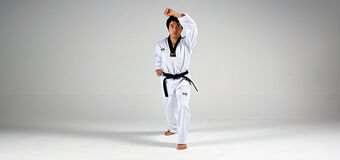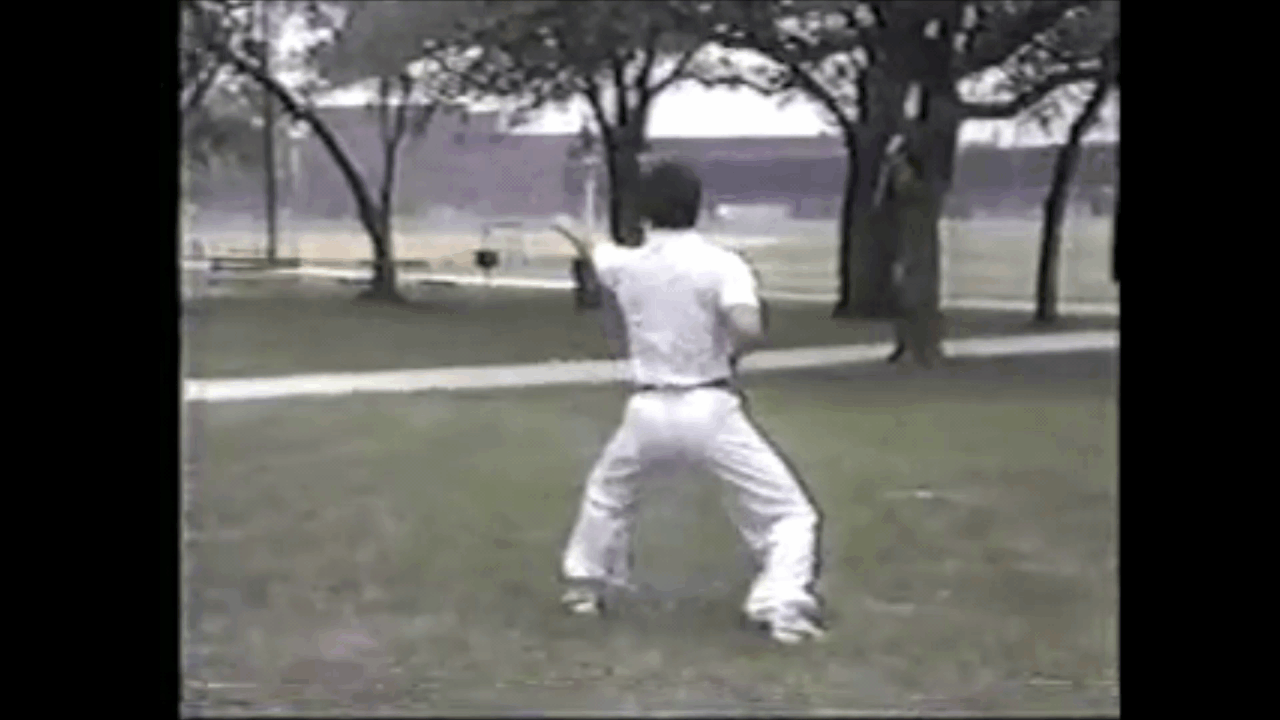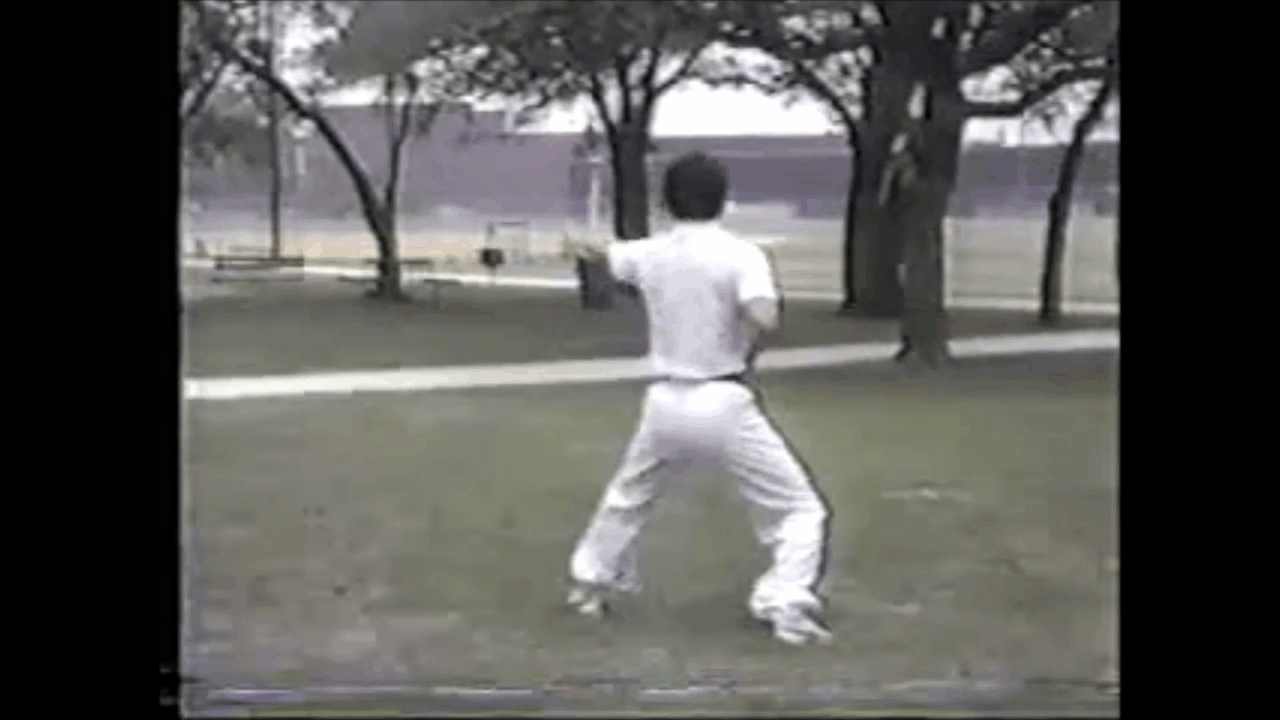- When your opponent uses a left back fist on your head,
- you use an left arm upward block to block it.
- If your opponent changes his left back fist into a downward grab, pull your blocking arm down, and
- uses an right overhand on top of your head.
Since your opponent's left back fist and pull down motion can be one move, also your pulled down left block arm may jam your own right arm, you won't have another arm to block that overhand. What will you do?
Your thought?



- you use an left arm upward block to block it.
- If your opponent changes his left back fist into a downward grab, pull your blocking arm down, and
- uses an right overhand on top of your head.
Since your opponent's left back fist and pull down motion can be one move, also your pulled down left block arm may jam your own right arm, you won't have another arm to block that overhand. What will you do?
Your thought?




